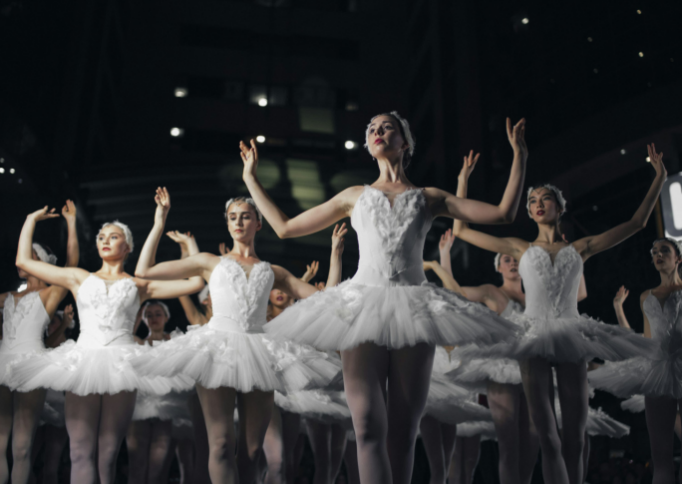In this ever-changing stage world, the lights have not been lit, the curtain has not been opened, and everything is shrouded in silence. However, with the light footsteps of technology quietly stepping in, this silence is about to be broken and turned into a gorgeous visual feast. Technology, with its tiny but powerful tentacles, is quietly changing every corner of dance beauty. From inheritance to innovation, from tradition to modernity, holographic projection is redefining the boundaries of dance beauty in an unprecedented way.

In the past, in the world of dance beauty, the scenery designers drew vivid scenes on the stage with the brushes in their hands. However, this is a protracted war with time and space, and every scene change means a huge consumption of manpower and time. Now, the emergence of holographic projection technology has opened another door to infinite possibilities for dance beauty. Like an invisible painter, it can make everything on the stage unpredictable in an instant, so that the set that should be still can be transformed into a dynamic virtual scene under the interweaving of light and shadow, just like a dream journey, leading the audience through time and space and into one fantasy world after another.
In the eyes of stage designers, holographic projection is no longer just a cold technical term, but a key to unlimited creativity. They are no longer limited to the traditional flat canvas, but turn the stage into a three-dimensional canvas, so that every scene seems to have life and can change freely with the progress of the plot. Instead of spending hours for a simple scene change, they can use holographic projection to make the scene change in an instant, so that the audience can be immersed in the progress of the plot.

But the integration of technology is not entirely good news. For some experienced dancers, this is a silent challenge. They may have profound attainments and rich experience in traditional scenery, but in the face of new technology such as holographic projection, they need to learn again and adapt again. This is not only a technical update, but also an impact on their years of experience and skills. They may feel confused and helpless in the face of new technologies, and worry that their traditional skills will be gradually forgotten, and that they will be abandoned by the times in this rapidly developing industry.
And those dancers who are new to the industry, they also need to be vigilant when enjoying the infinite possibilities brought by technology. Although holographic projection can create amazing visual effects, it can't replace the delicate manual texture and real emotional expression in traditional dance beauty. When they pursue the light of science and technology, they can't forget the precious elements in traditional dance beauty, otherwise, the stage will lose its proper temperature and soul.
In this era when science and technology are intertwined with tradition, dancers are facing unprecedented opportunities and challenges. They need to find a balance between inheriting tradition and embracing science and technology, so that science and technology can be the help of dance beauty, not its dominance. Only in this way can dance beauty maintain its unique charm in the wave of science and technology, and bring one visual feast after another to the audience.

When the lights are on and the curtain is opened, technology and traditional dance beauty will jointly weave a beautiful picture. The dancers stand behind the stage and use their wisdom and skills to create unforgettable moments for the audience. And holographic projection technology, a new star in the world of dance beauty, will bloom more dazzling light in their hands and bring more brilliant tomorrow to dance beauty. The blending of technology and dance beauty is not only the progress of technology, but also the perfect combination of art and innovation, which injects new vitality into the stage art and allows the audience to feel the dual charm of technology and art in every performance.



